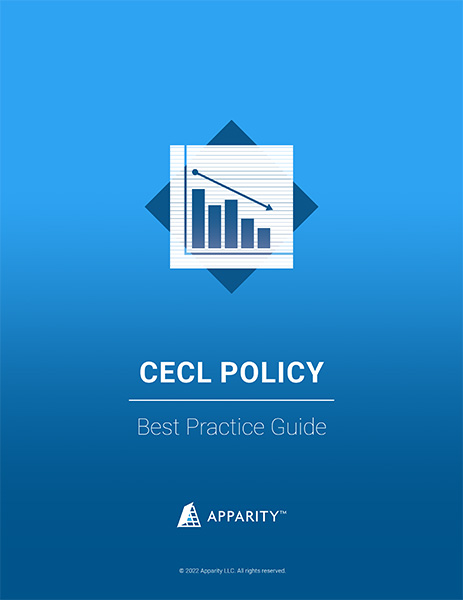Best Practice: CECL Policy Guide
Establish or enhance a CECL policy for models and other applications that support ACL processes.

CECL Compliance
CECL models play a big role in determining allowance for credit losses (ACL). Models are often built and maintained in Excel spreadsheets or other end user computing (EUC) applications.
However, EUCs have inherent risk due to the lack of oversight and are inescapable from human error. Coupled with their widespread use, many organizations fail to identify and manage the risk before it’s too late. EUC-based credit loss models are no exception. Model risk can lead to many negative consequences.
This guide provides best practices for establishing or enhancing an end user computing (EUC) policy for models and other applications that support allowance for credit losses (ACL) processes.
While this guide can be applied to most regulatory or reporting standards, it is tailored to the Current Expected Credit Loss (CECL) framework. There is some crossover with:
- Stress testing (DFAST, CCAR, etc)
- Regulatory Reporting (SOX)
- International equivalents (IFRS 9)
- Model risk management (SR 11-7, etc)
This document considers all EUC-based models and applications, but at times refers to Excel spreadsheets specifically. Spreadsheets are the most ubiquitous EUC type in organizations due to Excel’s availability, familiarity, utility, and processing strength.
Furthermore, this guide does not cover ACL estimation methods or in-depth guidance on the ACL process itself.